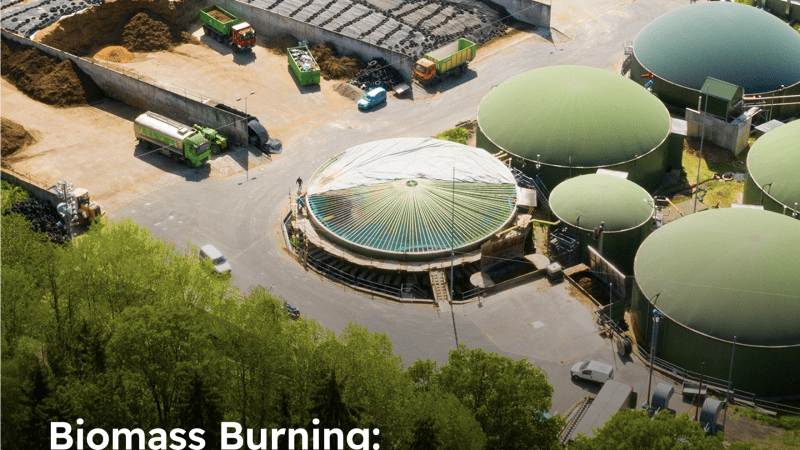lululemon’s new sustainability report reveals it took a wrong turn on climate commitments
September 15, 2022

This week, our coal-dust-stained athleisure wear brand, lululemon, released a new sustainability report, which beneath the wellness language and glossy photos, showed that it is running wildly off-track on climate change.
In the last year alone, lululemon managed to increase the climate pollution from making its products by a shocking 60%. As the world experienced climate disasters on a terrifying new scale, lululemon managed to increase the climate pollution from making its products by a shocking 60 percent. All in a day’s work of lululemon pumping out yoga pants, and carbon emissions, am I right?
And here’s the reason the company’s emissions grew so drastically: lululemon’s factories are almost entirely reliant on coal (and other fossil fuels). So much for its commitment to “health and wellness.” CEO Calvin McDonald has still not made any commitments to switch the supply chain to clean renewables. Every year the company grows without cleaning up its supply chain, it just continues to lock in MORE fossil fuels in the places where its factories are, like Vietnam, Cambodia and Bangladesh – countries which are bearing the brunt of climate impacts. And it’s not just climate change that threatens these communities – a 2021 study found that one in five deaths globally can be linked to air pollution caused by the burning of fossil fuels. [1]

This graph gives a sense of how badly lululemon is lined up to fail its own climate targets. The blue line is where the company is headed, the yellow line is where it should be if they were on track to meet its own target of reducing the emissions intensity of its supply chain by 60%, and the green line shows where it should be if they wanted to be reducing emissions fast enough to meet the Paris Agreement. Clearly, it’s not going great.
To put this in context, lululemon now needs to cut its emissions intensity by 6.8% every year for the next nine years to hit its target. There’s only one way that’s going to happen – lulu has to commit to cutting out coal, and moving its supply chain to 100% renewable energy by 2030. If H&M can do it, so can lululemon.
Footnote:
[1] https://www.seas.harvard.edu/news/2021/02/deaths-fossil-fuel-emissions-higher-previously-thought



